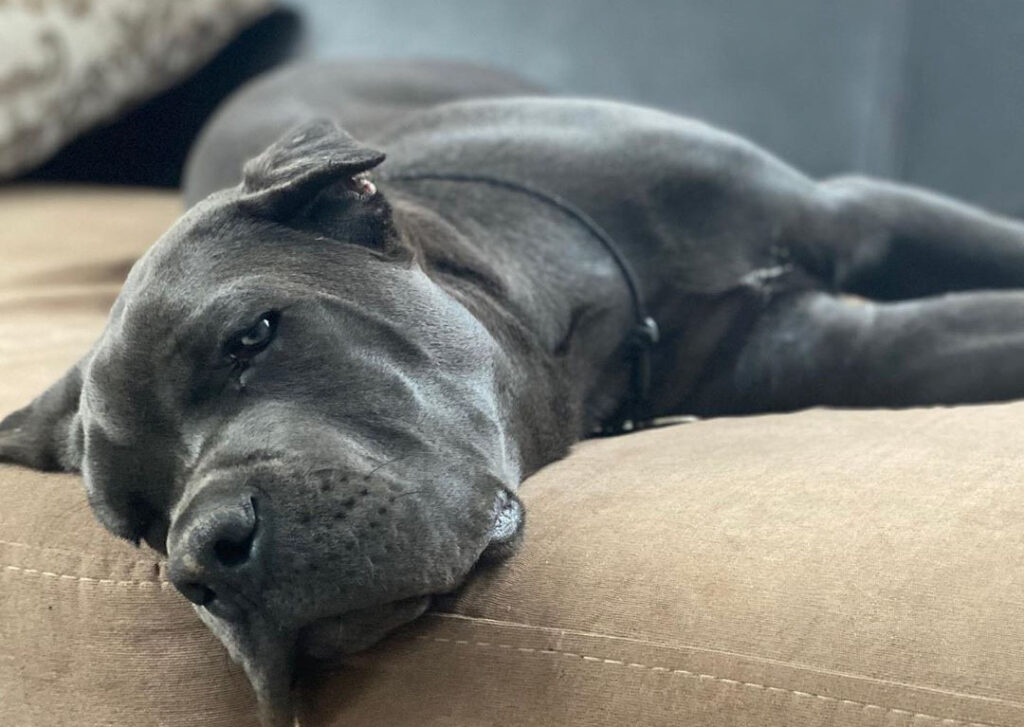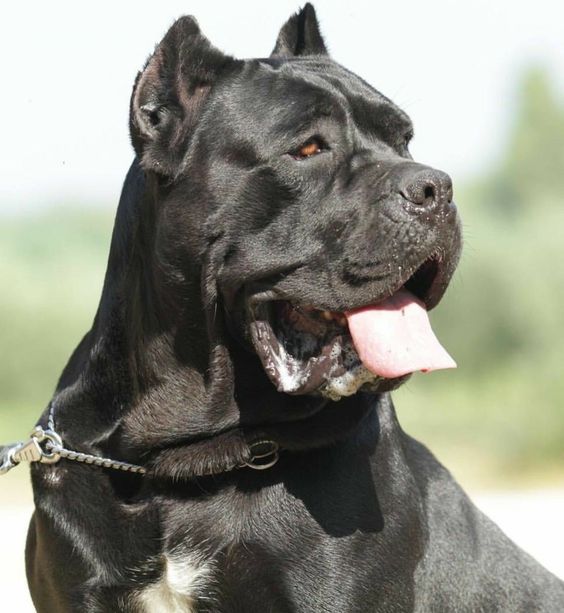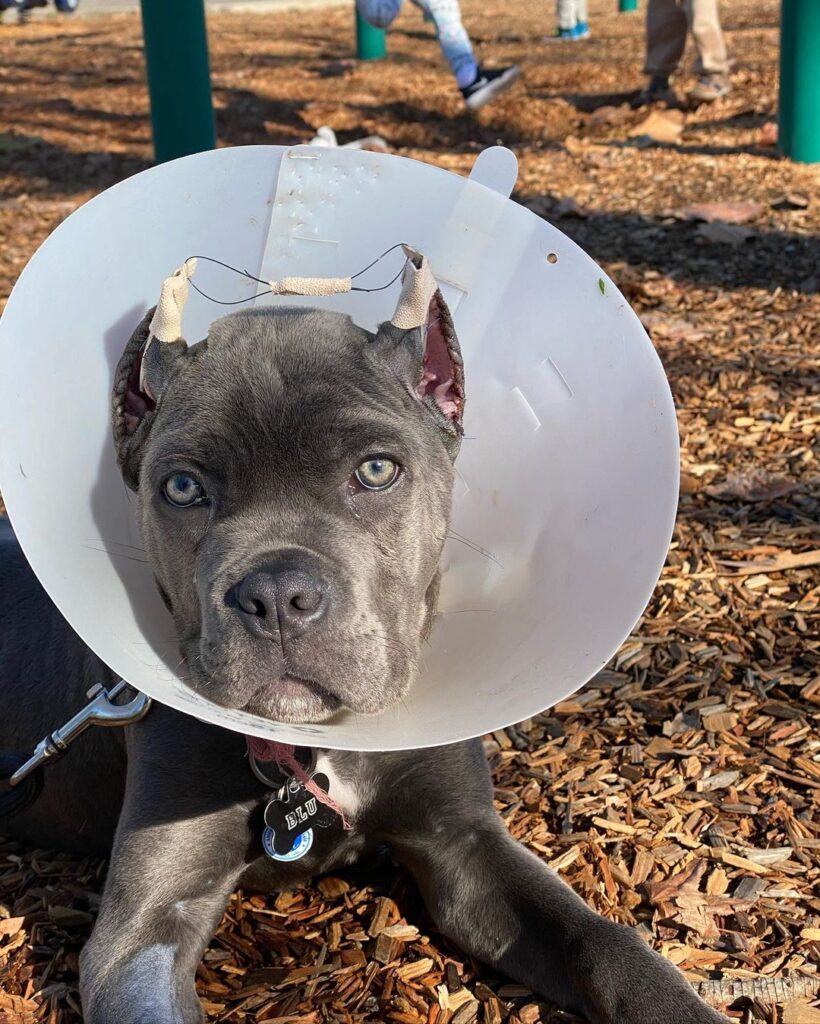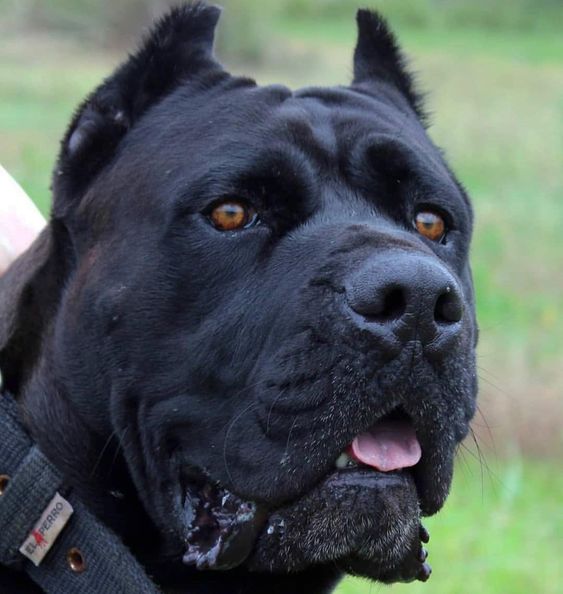
Leaving your beloved Cane Corso alone can be a concern for many dog owners. As responsible pet owners, it’s natural to worry about their well-being and comfort when we’re not around. In this article, we’ll address common questions and provide valuable insights on how to manage leaving your Cane Corso alone. “Can I Leave My Cane Corso Alone?”
How Long Can You Leave a Cane Corso Home Alone?
Leaving your Cane Corso home alone requires careful consideration to ensure their well-being and prevent separation anxiety. By following some guidelines, you can make their alone time a positive experience.
Guidelines for Leaving Your Cane Corso Alone
Gradual Independence: To prevent separation anxiety, gradually accustom your Cane Corso to being alone. Start with short periods and gradually increase the time they spend by themselves.
Age Matters: Puppies require more attention and care than adult dogs. Younger puppies shouldn’t be left alone for more than 1-2 hours, while older puppies can manage around 3-4 hours.
Exercise and Stimulation: Before you leave, engage your dog in physical activities and mental challenges. This helps reduce boredom and anxiety during their alone time.
Safe Space: Designate a comfortable area for your Cane Corso, filled with their toys and bedding. This space becomes their sanctuary, making them feel secure when you’re not around.
Ideal Duration for Alone Time
Puppy (2-4 months): At this stage, limit alone time to no more than 1-2 hours. Puppies are still developing and need frequent interaction.
Puppy (4-7 months): As your puppy grows, they can manage around 3-4 hours alone. However, avoid pushing the limits.
Adult Cane Corso: With proper preparation, an adult Cane Corso can handle up to 8 hours alone. Ensure they have everything they need for a comfortable experience.
How to Manage Cane Corso Separation Anxiety
Destructive Behavior
Destructive behaviors like chewing, scratching, or digging excessively when your Cane Corso is left alone can signal separation anxiety. Dogs, especially those who feel anxious or stressed, may resort to these behaviors as a way to cope with their emotions. It’s crucial to address these actions with understanding and training, helping your canine companion overcome their anxiety and engage in healthier behaviors during your absence.
Excessive Barking
Persistent barking or howling after you leave is another common sign of separation anxiety. Your Cane Corso may vocalize their distress, seeking comfort through sound. This behavior can disturb neighbors and indicate emotional turmoil. Effective management involves gradual desensitization, building their tolerance to being alone, and teaching them that quiet moments are safe moments.
Potty Accidents
Even a well-trained dog can experience potty accidents indoors when dealing with separation anxiety. Sudden changes in behavior, such as eliminating indoors, can stem from anxiety-induced stress. Patiently working to alleviate their separation anxiety can help restore their confidence and prevent such accidents.
Addressing Separation Anxiety
Desensitization
Desensitization involves exposing your Cane Corso to short periods of alone time and gradually extending the duration. This technique helps your dog adapt to being alone without experiencing heightened anxiety. By slowly increasing the time spent apart, you’re allowing them to build a sense of security and comfort on their own.
Interactive Toys
Interactive toys can be a boon for managing separation anxiety. Toys that dispense treats or require problem-solving engage your Cane Corso’s mind and keep them focused on an activity. These toys provide mental stimulation and a positive distraction, diverting their attention from your absence.
Positive Departures
Keeping departures and arrivals low-key can help minimize separation anxiety. Dogs pick up on our emotions, so maintaining a calm demeanor when leaving or returning prevents your Cane Corso from associating your departures with distress. By creating a neutral atmosphere around these moments, you can reduce their anxiety and promote a healthier mindset.
How to Optimize Your Schedule as a Working Person
Creating a Balanced Routine
Morning Exercise
Starting the day with morning exercise benefits your Cane Corso in multiple ways. A brisk walk or play session expends energy, keeping them physically fit. Additionally, exercise enhances mental well-being, reducing restlessness during your absence and making alone time more manageable.
Interactive Feeders
Interactive feeders serve as both a mealtime challenge and mental stimulation. These feeders require your Cane Corso to work for their food, engaging their problem-solving skills and keeping their minds occupied throughout the day. Such mental engagement can deter anxiety-related behaviors.
Midday Breaks
For those with long work hours, arranging midday breaks for your Cane Corso is essential. Having someone check in on them, provide companionship, and allow for bathroom breaks can ease their day and alleviate separation anxiety. Regular interactions break up periods of solitude and reinforce their well-being.
Using Technology to Stay Connected
Security Cameras
Security cameras offer peace of mind by allowing you to monitor your Cane Corso remotely. Checking in on their behavior and surroundings can reassure you that they’re comfortable during your absence. However, remember that cameras alone can’t replace proper training and care to manage separation anxiety.
Two-Way Audio
Some security cameras feature two-way audio, enabling you to talk to and comfort your Cane Corso while you’re away. This can be reassuring for both you and your dog, as they can hear your voice and feel your presence even when you’re not physically there.
Can You Leave Your Cane Corso with Other Pets?
Early Socialization
Introducing your Cane Corso to other pets and various experiences from a young age is crucial. Early socialization helps them build confidence, learn appropriate behavior around other animals, and adapt to new environments. This foundation of social skills can contribute to a smoother transition when left alone or introduced to new pets.
Supervised Interactions
When introducing your Cane Corso to other pets, close supervision is vital. This ensures the safety of all animals involved and prevents any negative experiences from causing fear or aggression. Gradually easing them into interactions helps build positive associations.
Safe Introduction
Introducing your Cane Corso to new pets should be gradual and controlled. Begin with short, controlled interactions in a neutral territory. Slowly increase the time spent together, monitoring their reactions and ensuring a harmonious integration.
Signs of Compatibility
Relaxed Body Language
When your Cane Corso displays relaxed body language around other pets, it’s a positive sign of compatibility. Loose, wiggly postures and open mouths indicate a lack of tension. Observing their body language helps gauge their comfort level in social situations.
Positive Interactions
Playful behavior, shared toys, and peaceful coexistence are indicators of positive interactions between your Cane Corso and other pets. Tail wagging, mutual sniffing, and engaging in play show that they’re building healthy relationships. These interactions signify that your efforts in socialization and introductions are bearing fruit.
Creating a Comfortable Environment for Alone Time
Leaving your Cane Corso alone doesn’t have to be a source of worry. By creating a comfortable environment, you can help them feel secure and at ease during their solitary moments. Designate a specific area in your home where your dog can retreat to. Fill it with their favorite toys, a cozy bed, and items that carry your scent. This designated space becomes their sanctuary, providing them a sense of familiarity and comfort when you’re not around.
Transitioning Your Puppy to Alone Time
Puppies, in particular, require special attention when it comes to being alone. Gradual introduction to alone time is crucial. Start by leaving them alone for short periods while you’re still at home, gradually extending the time. This teaches them that being alone is a normal part of their routine and not a cause for distress. Additionally, utilizing crate training can be beneficial. When introduced properly, a crate becomes a safe haven for your puppy, reducing anxiety and preventing destructive behavior.
Building Trust Through Positive Departures

Believe it or not, how you leave and return can influence your Cane Corso’s response to alone time. Keep your departures low-key; avoid long goodbyes and excessive emotion. This helps your dog understand that your departures are temporary and not a cause for concern. When you return, greet them calmly, reinforcing the idea that arrivals are also routine occurrences. Over time, this consistent behavior builds trust and minimizes separation-related stress.
The Role of Interactive Toys
Interactive toys can be your ally in managing alone time. Puzzle toys that dispense treats challenge your Cane Corso’s mind and provide an engaging activity during their solitude. Not only do these toys keep boredom at bay, but they also promote mental stimulation, which is vital for a healthy and happy dog. Rotate these toys regularly to keep the experience novel and exciting for your furry friend.
Managing Longer Absences with Midday Breaks
For individuals with longer work hours, arranging midday breaks for your Cane Corso can significantly enhance their well-being. If possible, have a friend, neighbor, or professional dog walker check in on your dog during the day. This short visit can provide a much-needed bathroom break, some playtime, and companionship, ensuring your dog remains content and stress-free until your return.
FAQs
1. Can I leave my Cane Corso alone for a whole workday?
Adult Cane Corsos can handle up to 8 hours alone if properly prepared.
2. Will my Cane Corso develop separation anxiety?
Gradual training and mental stimulation can minimize the risk of separation anxiety.
3. Should I get another pet to keep my Cane Corso company?
It depends on your dog’s temperament and proper introduction between pets.
4. How can I prevent destructive behavior when I’m not home?
Interactive toys and a comfortable space can keep your dog engaged and relaxed.
5. Can a Cane Corso get along with smaller dogs or cats?
Early socialization and proper introductions can help Cane Corsos coexist with smaller pets.
6. Are there specific breeds Cane Corsos tend to get along with?
Compatibility depends on individual temperament and socialization.
7. Is it better to hire a dog sitter or use a pet camera?
Both options can work, but a dog sitter provides more direct interaction and care.
8. How can I help my Cane Corso cope with my long work hours?
Provide mental stimulation, toys, and a predictable routine.
9. Can leaving my Cane Corso alone lead to behavioral issues?
Properly managed alone time shouldn’t lead to issues, but neglect can.
10. Is crate training a good option for managing alone time?
Crate training can be helpful if done correctly, providing a secure den-like space.
Conclusion
Leaving your cherished Cane Corso alone doesn’t have to be a daunting prospect. By employing a combination of thoughtful strategies and a deep understanding of your dog’s needs, you can transform solitary moments into positive experiences. From puppyhood to adulthood, gradual independence, tailored schedules, and mental stimulation play pivotal roles in minimizing anxiety and promoting contentment.
With over 4 years of devoted companionship with my beloved Labrador Retriever, Robin, I have cultivated a deep understanding and expertise in all things canine. From training and behavior to health and well-being.


